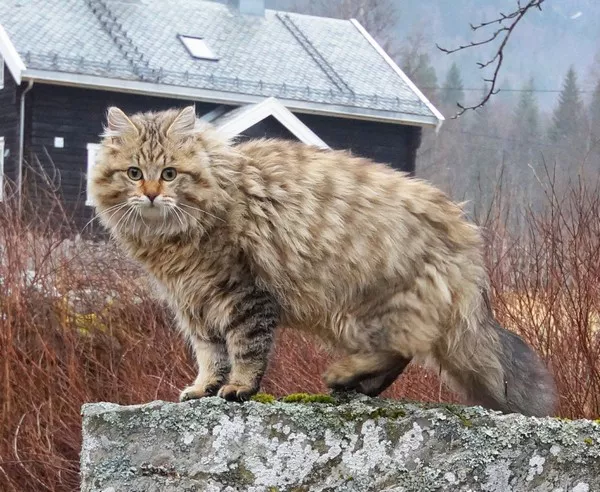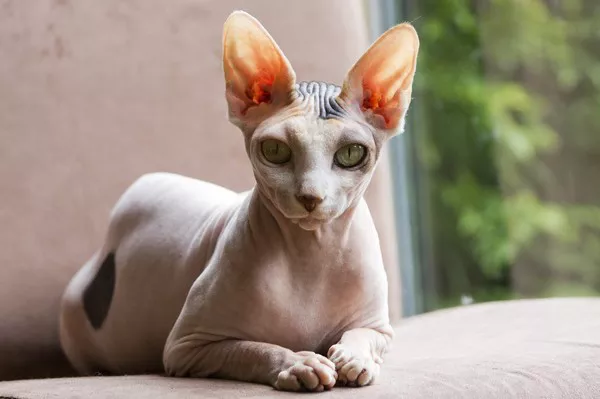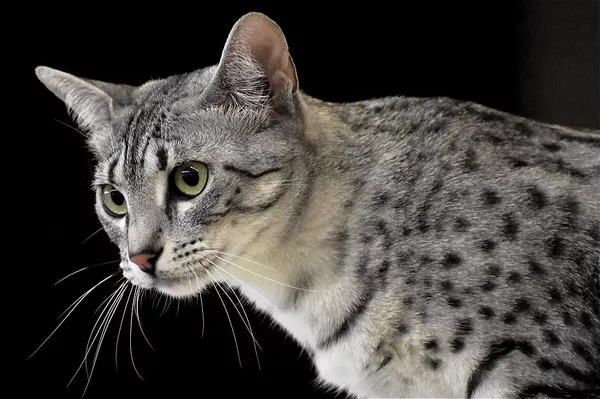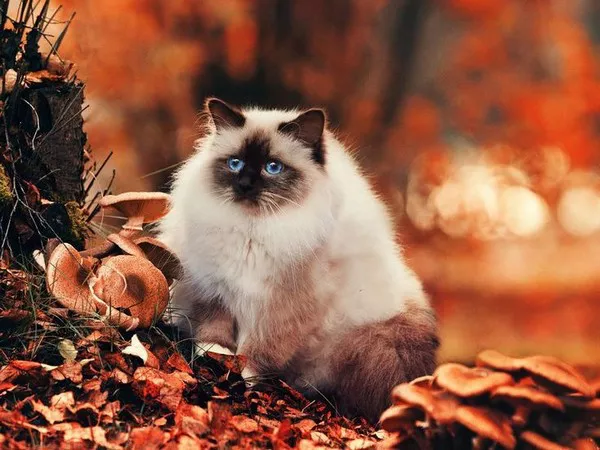Norwegian Forest Cat
The Norwegian Forest Cat, also known as the Norsk Skogkatt, is a majestic breed of domestic cat that originated in Norway. Renowned for its stunning coat and strong, muscular build, this feline companion has garnered quite a following among cat enthusiasts worldwide. As with any pet, understanding the lifespan of a Norwegian Forest Cat is essential to provide them with the care and attention they deserve. In this article, we will explore the lifespan of a Norwegian Forest Cat, factors that influence their longevity, and tips on how to ensure their well-being throughout their lives.
The Average Lifespan of a Norwegian Forest Cat:
When considering the lifespan of a Norwegian Forest Cat, it’s important to note that individual cats can vary. On average, these magnificent felines live between 12 and 16 years. However, with proper care, some Norwegian Forest Cats have been known to live into their late teens or even early twenties. Genetics, lifestyle, diet, and overall health play significant roles in determining the lifespan of these cats.
Factors Influencing Longevity:
Genetics: Like most living beings, genetics play a crucial role in a Norwegian Forest Cat’s lifespan. Responsible breeders strive to produce healthy kittens by selectively breeding cats with good genetic backgrounds. It’s advisable to inquire about the health history of a cat’s lineage when adopting from a breeder.
Diet and Nutrition: Providing your Norwegian Forest Cat with a balanced and nutritious diet is vital for their overall health and longevity. High-quality cat food that meets their specific dietary requirements, including essential nutrients and a proper balance of proteins, fats, and carbohydrates, is recommended. Consult with your veterinarian to determine the best diet for your feline friend.
Veterinary Care: Regular veterinary check-ups are instrumental in maintaining your Norwegian Forest Cat’s well-being. Annual examinations, vaccinations, parasite prevention, and dental care are essential aspects of their healthcare routine. Detecting and addressing health issues early can significantly impact their lifespan.
Exercise and Mental Stimulation: Norwegian Forest Cats are an active breed that enjoys climbing, exploring, and playing. Providing ample opportunities for exercise and mental stimulation is crucial for their physical and mental well-being. Engage them with interactive toys, scratching posts, and designated spaces for climbing. Regular playtime strengthens the bond between you and your feline friend.
Environmental Enrichment: Norwegian Forest Cats thrive in environments that mimic their natural habitat. Create an enriching environment by offering vertical spaces, such as cat trees or shelves, where they can climb and observe their surroundings. Provide scratching posts, hiding spots, and interactive toys to keep them engaged and mentally stimulated.
Neutering/Spaying: Spaying or neutering your Norwegian Forest Cat not only helps control the population but also offers several health benefits. It reduces the risk of certain cancers and eliminates behavioral issues associated with intact cats. Consult with your veterinarian to determine the appropriate age for spaying/neutering.
Stress Management: Stress can negatively affect a Norwegian Forest Cat’s overall health and lifespan. Minimize stressors in their environment, such as loud noises or sudden changes, and provide them with a safe and secure space within your home. Additionally, ensure they have access to clean litter boxes, fresh water, and comfortable resting areas.
Common Health Issues:
Norwegian Forest Cats are generally considered a robust and healthy breed. However, like any cat, they may be prone to certain health conditions. Some common health issues observed in this breed include:
Hypertrophic Cardiomyopathy (HCM): HCM is a genetic heart disease that affects some Norwegian Forest Cats. Regular cardiac screenings and consultations with a veterinarian can help identify and manage this condition.
Polycystic Kidney Disease (PKD): PKD is an inherited condition that leads to the development of cysts in the kidneys. Responsible breeders test their breeding cats for PKD to minimize the risk of passing it on to offspring.
Hip Dysplasia: Although not as common as in some dog breeds, Norwegian Forest Cats can develop hip dysplasia. This condition affects the hip joints and can lead to discomfort or lameness. Breeding cats should be screened for hip dysplasia before being used for breeding purposes.
Obesity: Norwegian Forest Cats have a tendency to gain weight if not provided with an appropriate diet and exercise routine. Obesity can lead to various health issues, including diabetes and joint problems. Monitor your cat’s weight and consult with your veterinarian regarding portion control and dietary guidelines.
Conclusion:
The Norwegian Forest Cat is a beloved breed known for its striking appearance and affectionate nature. Understanding the factors that influence their lifespan and taking proactive measures to provide proper care can significantly contribute to their overall well-being and longevity.



























